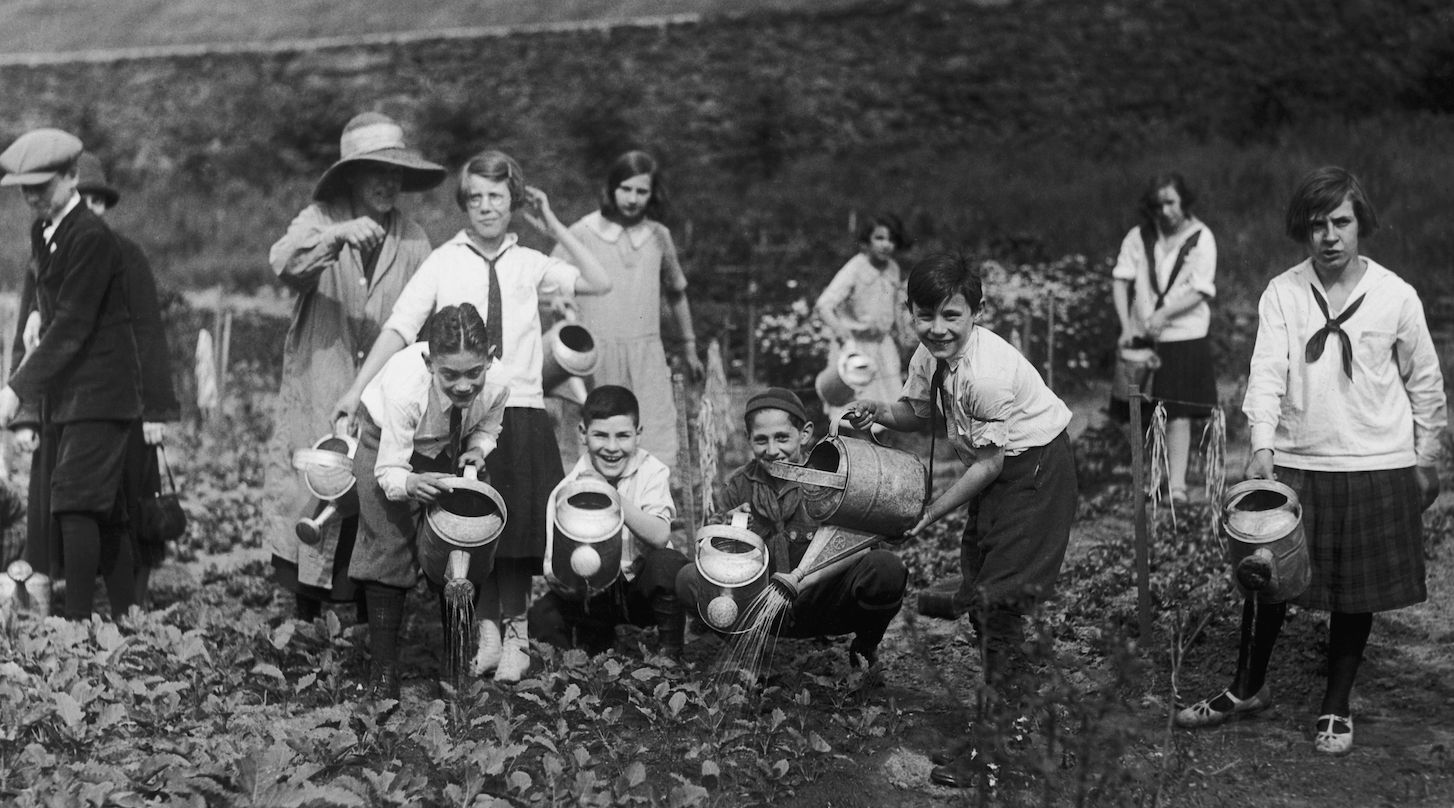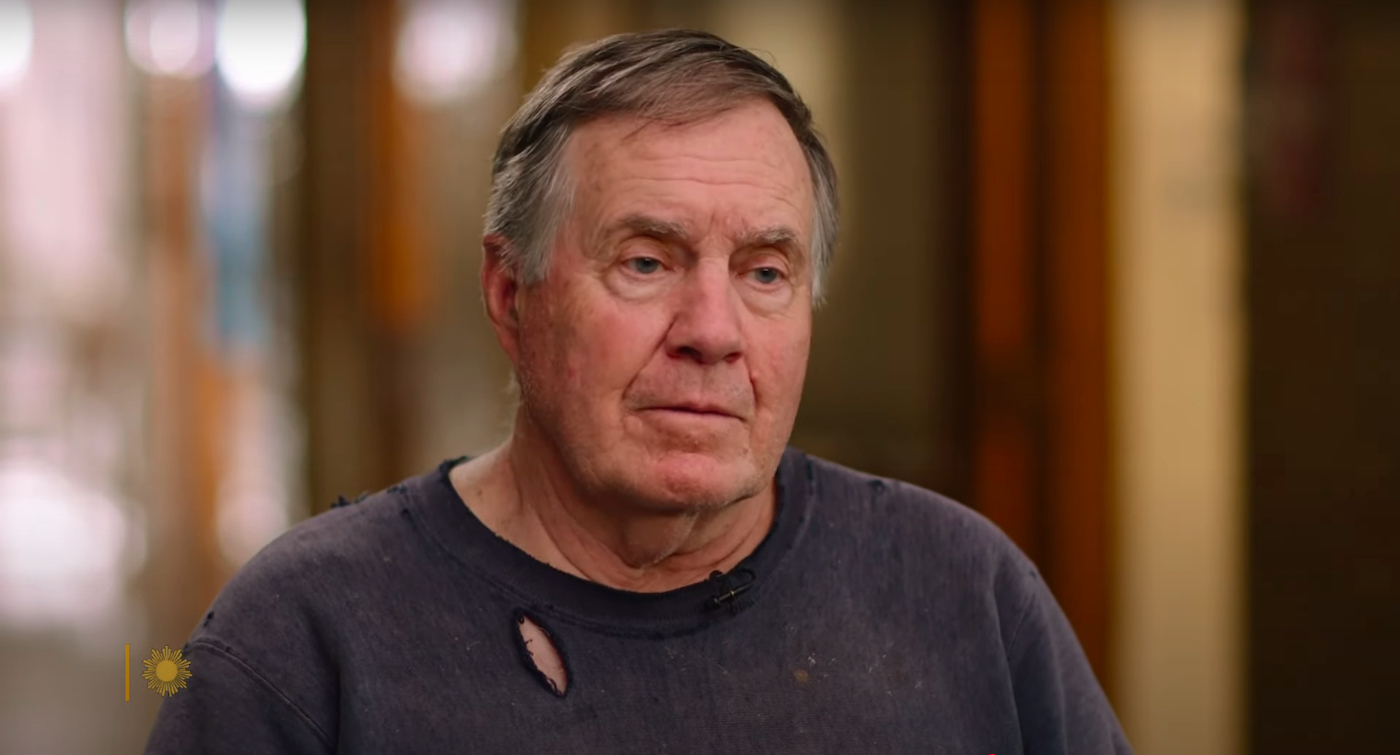It's spring! Hurray! I demand that you grow some herbs in some little pots. Or anyway that is what I am going to do, so I might as well write a blog about it.
I am going to grow my herbs in pots on my patio, as I do every year, but you can just as easily setup your little herb garden by a window. This gives you no excuse for not doing this, unless you live in a tunnel. (If you live in a tunnel, you will have to grow your herbs on the roof.) If you do not live in a tunnel, then you will have a nice little herb garden, and you can pluck some fresh herbs from it to include in cooking, or simply because fresh herbs smell good. Let's plant and grow some herbs! Here is how you can plant and grow some herbs by the window.
At my latitude on the planet, as well as most of the other reasonable ones, the second week of April is close to the end of the ideal time period for planting herb seeds. It may also seem intimidating to you if you are not someone who typically grows things more complicated than your own hair. That's OK. In all likelihood you can plant and grow some herbs from seedlings, and then later, when you are more comfortable with that, you can graduate to growing them from seeds. We'll get to that in a second.
Alternatively, if you are reading this blog in a March of the future (or, more radically, if you have somehow sorted out how to read it several weeks ago), and you want to grow herbs from seeds, you can do that. Let's cover that first.
You will need seeds for as many different varieties of herb as you wish to grow; this time of year, these can be found in little paper packets for sale at many hardware stores, garden supply stores, and even some supermarkets and drugstores. You'll need some type of little jar or container for each herb plant you want to grow; this can of course be a little flower pot, but it can just as easily be a mason jar or an empty and washed jar that used to have grape jelly or peanut butter or shameful store-bought pasta sauce in it. Ideally any jar you use for this will be, oh, let's say five or six inches deep; this will give the herb space to grow lots of roots, which will make for a healthy and happy herb plant with lots of leaves for you to amputate, horribly, from its body.
If you have some vague alarming sense that a pot for growing things must have holes for "drainage," do not worry: You do not have to figure out how to drill holes in a jar. "Drainage" just means that the roots of your plants must not be allowed to sit fully submerged in water at the bottom of the pot. If you can come into possession of, oh, enough gravel or pebbles to fill the bottom inch or two of each jar, that will provide the drainage your herbs will need, by giving the water a place to collect below the plant's roots. You can get bags of pebbles at certain pet stores that sell fish for fish tanks. Alternatively, I will look out for the feds while you stuff your pockets with gravel at a nearby construction site.
You will need potting soil. This is different from regular dirt in that it is fortified with nutrients. If the hardware store or garden supply store or Home Depot or whatever had packets of seeds, it almost certainly has bags of potting soil.
Strictly speaking you do not need but could certainly use either some plastic wrap, or the cut-off bottom ends of some plastic water bottles of the sort you would get from a vending machine. We'll get to why in a second.
You will also need one (1) window, with some kind of surface near it on which you could station your little herb garden so that it has access to the sun coming through that window. This is true whether you are planting seeds or seedlings. What herbs you plant will depend, at least a little bit, on where that window can be found on its host building. We'll get to that in a moment.
If you are planting seeds, the planting part is pretty straightforward. Fill the bottom inch or two of each jar with your gravel or pebbles. Scoop potting soil in there until the jar is filled to around an inch below the rim; don't bother tamping the soil down, as tightly packed soil will be inhospitable to baby herb plants that are trying to grow roots. Scatter a couple of seeds of one type of herb across the soil, then pile another half-inch or so of soil on top of them. Gently water this jar of dirt just enough that the soil seems wet all the way down, then stretch some plastic wrap loosely over the top, or put one of those water-bottle-bottoms upside-down over the area where the seed is, like a little dome, to help the plant retain moisture while it's still a teeny little baby seed. Station the jar near the window. Water it gently and moderately from time to time, to keep the seed moist, whenever the top of the soil feels dry to the touch. Eventually you will see a little seedling poking out of the soil; nothing much changes at that point. Keep watering that sucker when it seems like it needs it.
You are not planting an oak tree, here; the goal is not for this herb to live 250 years and shade a forest. The goal is for this thing to provide aroma and flavor to foods that you make for a few months, after which it can go screw. Accordingly, don't fret too much about it. If it is green and growing, you are doing fine. If it is dead, well, then you have killed it, a vulnerable living thing, a whole life that depended upon you for its survival, and you will go to hell for all time.
If you are not into the idea of starting from seeds, or if you are reading this in May, that is fine. You can simply buy a young herb seedling or plant, transplant it into some type of container, and tend to it. This, on the whole, is the easier way to do it.
Many of the garden stores and Home Depot-type places that sell seed packets also, at this time of year, sell little baby herb seedlings. For that matter, many supermarkets and grocery stores nowadays sell little hydroponically-grown herb plants in plastic sleeves; these are fantastically easy to transplant and tend to, as they have tons and tons of roots already and are all set to thrive. The drawback to these, as I see it, is that you will not have the solemn pride of having grown the plant from a seed; I am not really a solemn pride type of guy, so I don't give a frig about that.
The supplies are the same for this. So are the steps, pretty much! Gravel and then potting soil into the destination jar, just like above. Gently lift the seedling (or plant) out of whatever container it came in; with your hand, gently sorta loosen the little root ball at the base of the plant. Place that sucker root-down into the destination jar. Pile potting soil around it, once again not packing it too tightly, just so that it sits solidly upright in there and all of the roots are below the surface of the soil. Water it gently, around the outside of the root ball, to encourage the roots to spread. Water it some more when the soil seems dry.
Eventually, whether you started from seed or from seedling, you will have a thriving and growing herb plant or plants, and you will be ready to harvest some herbs.
With herbs like parsley and cilantro, with lot of thin tender stems topped by a small group of leaves, snip the stem down at the base of any leaves you want to harvest, and try not to use more than a few stems' worth of leaves at a go, so that you're never too abruptly taking a huge chunk out of the plant's ability to gather sunlight. (The nice thing is, your fresh home-grown parsley or cilantro will be more fragrant and flavorful than the stuff sold in bunches at the grocery store, so you won't need much of it for any one use.) This also applies to chives: It's fine to just snip off a few chives down at the base, so long as you leave most of the chives for sunlight gathering. By midsummer the chive plant might be bountiful enough that you can harvest a handful of chives a few times a week without harming the plant.
With basil, which grows a gazillion leaves all up and down a handful of thick stalks, snip big leaves right off the stem; if you take a few leaves off every day, the basil plant will be happy and bountiful. Even if you don't think you have a culinary use for three or four big basil leaves on a given day, go ahead and snip 'em. You can crunch them up in your hand and smell them and that will be nice.
With mint and oregano and thyme, just snip off what strikes you as a moderate and not murderous length of stem, and use the leaves from it. The beastly mint truly will not care how much mint you take from it. A healthy mint plant (all mint plants are healthy) is like the dang T-1000. I am not going to list any other herbs. There are lots and lots of herbs and only so many blogging hours in the day.
OK. I said we would discuss the window thing. The window thing is, it matters at least a little bit which direction the window faces: Some sides of the building will get more daily sunlight than others, as you probably have noticed in your lifetime. For example, if your window is on the east or even the northeast side of the building, the sunlight it gets will be morning sunlight, and in the afternoon it will be in deep shade. Despite its reputation as a sun-lover, basil will probably grow just fine in this window; so will cilantro. If your window faces north, you may have a hard time getting pretty much any herb to grow all that well there, unless you station some reflectors outside the window to redirect sunlight onto it (this actually works!). If you have a south-facing window that isn't blocked by a hundred-story building, you are in luck: Parsley and chives and most varieties of oregano will grow happily there. Mint will grow happily and insanely pretty much anywhere, possibly up to including the surface of Pluto. Other herbs will tell you, on their seed packet or the lil' tab they stick down into the soil of seedlings, how much sun they need; some of these will overstate things (you really can grow a perfectly healthy basil plant in partial sun, for example, despite any claims that it needs "full sun"), but it's probably better to err on the side of believing what they say.
One last thing! Certain varieties of herb—most especially basil and cilantro, at my latitude on the earth—will want to do a thing called "bolting" when the weather gets hot and dry. Bolting is when they grow flowers and seeds, their stems turn woody, their leaves turn small, and they lose their potency as ingredients. This will be a thing to look out for by July, particularly if your herbs are growing in a south-facing window. You can prevent this from happening by keeping them well watered, harvesting from them pretty regularly (so that they're always putting their energy into replacing the harvested leaves, rather than shifting into Sex Mode), and, in the case of basil especially, giving them more shade than the lying "full sun" label suggests.
But that is a concern for the future. In the meantime, you will have a cute little green garden of herbs growing in the window; some life to tend to and nurture. Your herbs will return the favor: Their need for regular harvesting will be a gentle prompt to think creatively about what you will cook, and the things you cook will taste and smell extra good. A good deal all around.






